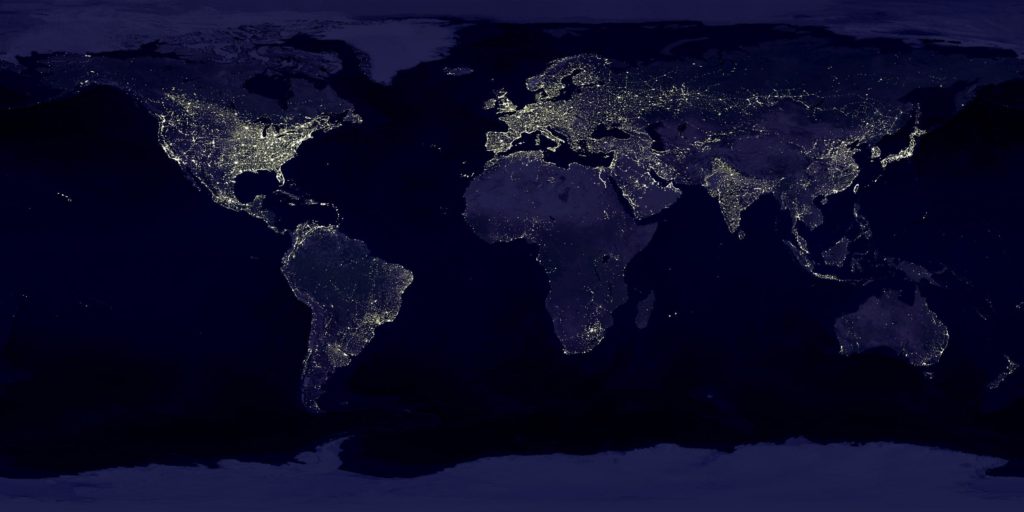
Co-authors: Elise Fontaine & Melanie McGrade
According to an article written by ProPublica, in 2012, the National Academy of Medicine projected that healthcare facilities across the United States dispose of $765 billion a year in medical supplies that are still in good, usable condition.
When it comes to high-end, one-time-use, disposable surgical supplies that are unused and taking up space, consider using a third-party vendor such as WestCMR to liquidate your surplus. Rather than disposing of items that are not being used, WestCMR is able to purchase those items and help put a portion of the money spent, back in to your budget. This will help to save your organization money, streamline your inventory and prevent excessive waste in our landfills.
What about the drapes, gauze, gloves, gowns and other commodity items that healthcare facilities are not using?
Have you ever thought about donating those items to a Medical Surplus Relief Organization? These groups are located throughout the United States and provide assistance in developing countries. These outreach programs provide medical supplies for Mission Teams, help construct healthcare facilities, and provide medical attention through their network of physicians who travel to the various countries extending their care.
Some of the most critically needed supplies overseas include dressings, bandages, gloves, gowns, bed linens, needles and syringes. We interact with dozens of organizations across the United States and nearly all of them request these items on a regular basis. So, the next time you find yourself with extra supplies and you don’t know what you should do with them, we are happy to refer you to an MSRO in your area who would graciously accept your donations.
WestCMR’s mission is to reframe the way excess medical supplies are regarded in the healthcare industry. Our interest in MSROs is just one more initiative that we support to prevent useable medical supplies from going to waste. Help us redirect millions of dollars in medical waste, and contribute to the humanitarian efforts of the many relief organizations who need it most.
Featured image source: Pexels
